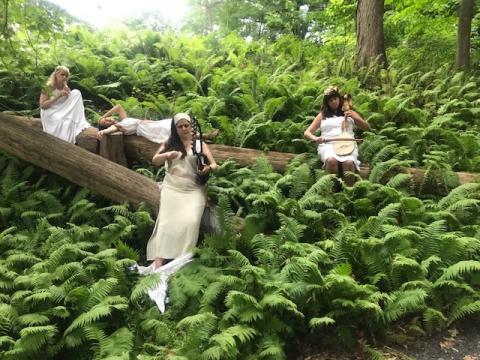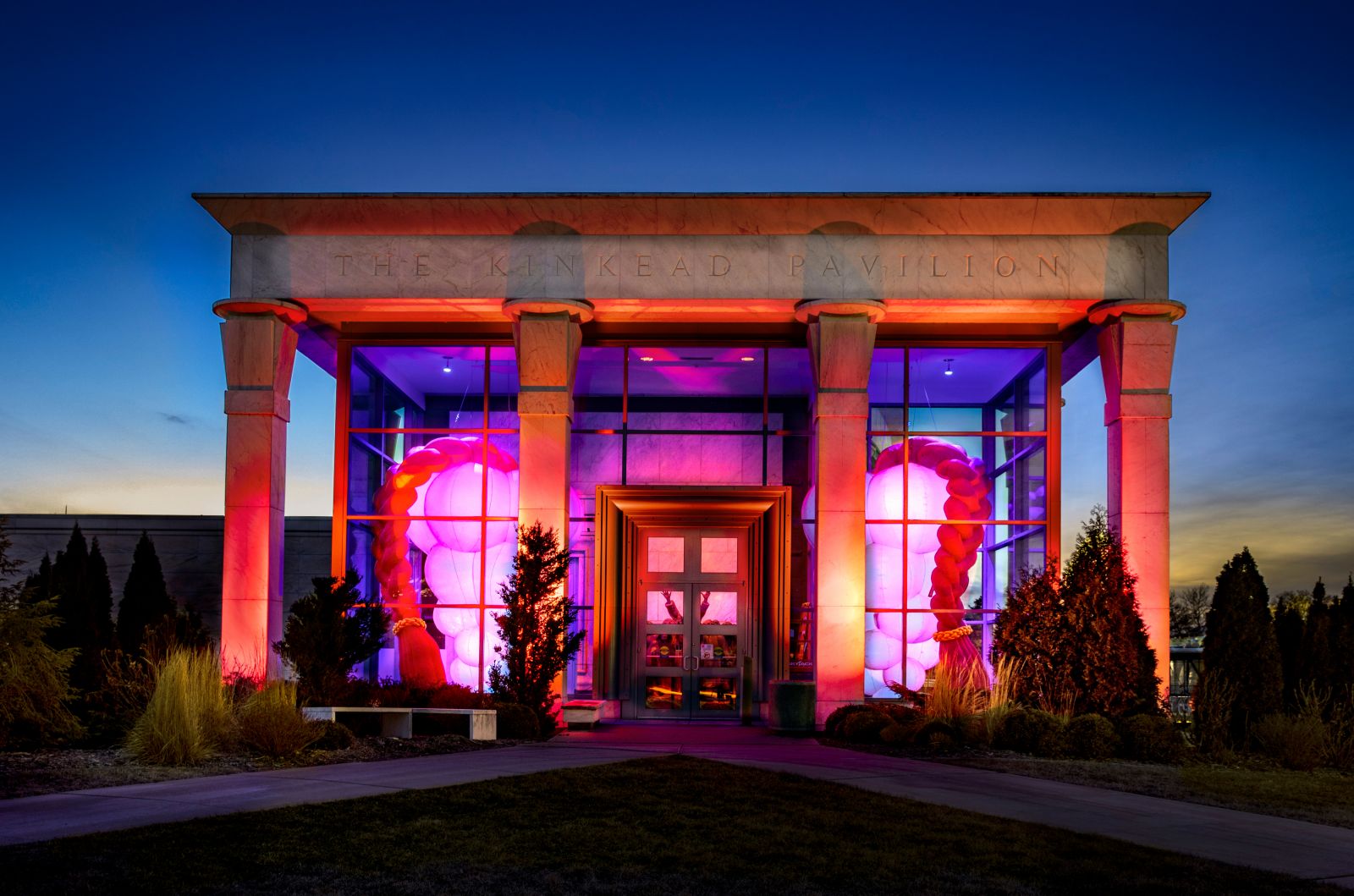Chelsea Gardner
March 11, 2022
If you attended the 2022 Annual Meeting earlier this year — and if you woke up bright and early on Saturday morning! — you may have been lucky enough to tune in to the very first panel sponsored by the Ancient Worlds, Modern Communities Initiative (AnWoMoCo). Recent recipients of a microgrant from this program gathered from all over America, Canada, and even Ghana to present seven exciting public-facing projects that aim to bring Classics and Ancient Mediterranean Studies out of the ivory tower. The goal is to reach audiences, organizations, and people who might otherwise never have the opportunity to engage with the history, literature, language, archaeology, culture, texts, and individuals of the ancient Mediterranean world.
Ten presenters shared their projects, which ranged from primary school curricula, prison programming, visual and performing arts, and digital initiatives. I was beyond inspired by all of the incredible people who presented that day, so I jumped at the chance to summarize their contributions here for those who missed it.
First, Angel Parham presented Nyansa Classical Community (NCC), which started in 2015 as an after-school program in New Orleans that aims to introduce students of color to Classics (Nyansa is an Akan word meaning “wisdom”). During the pandemic, NCC decided to create an elementary school curriculum on Greek myth, a long-term program that they are currently piloting all over the USA and Uganda. AnWoMoCo funding was used to create Black and brown images of Greek goddesses, so that the children taking their curricula could also see themselves in the mythological figures. Other exciting activities include rewriting versions of Greek myths and a poetry booklet authored by the children in the program. We’ve already talked about setting up a booth at next year’s annual meeting so that people can get their hands on this beautiful volume.
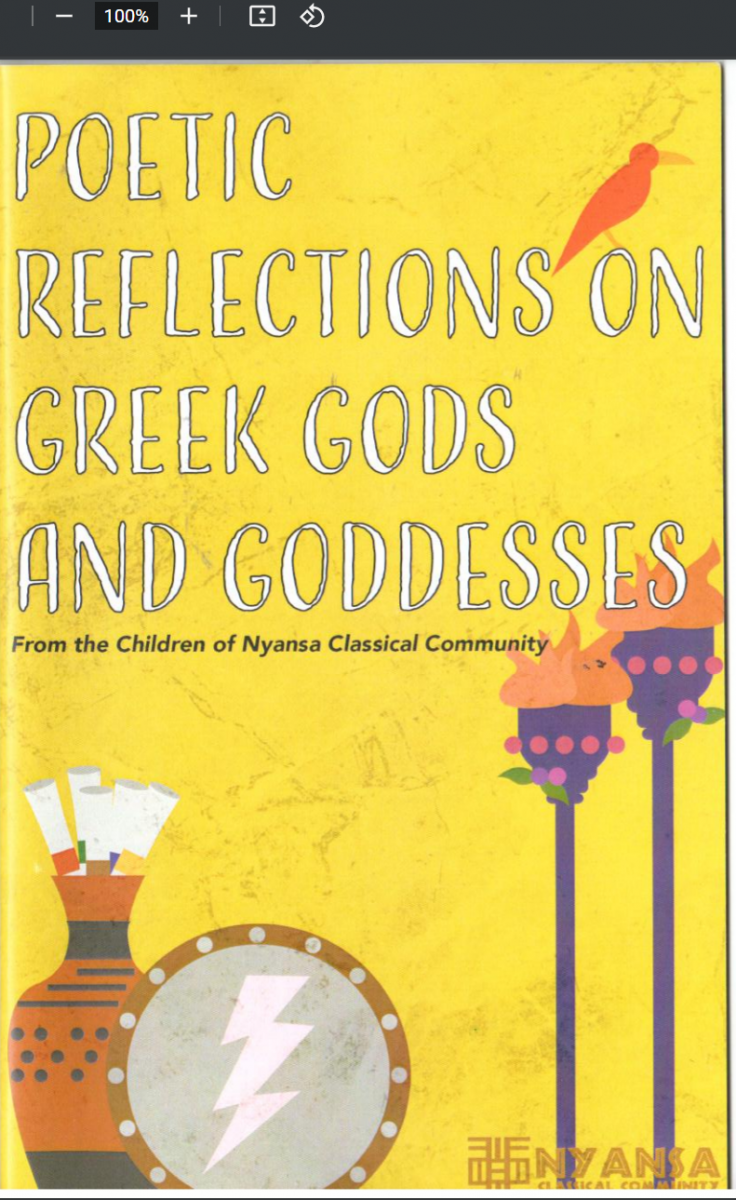
Figure 1. The cover from the Nyansa Classical Community Poetry Book, authored by the children at Nyansa Classical Community. Photo by Angel Parham.
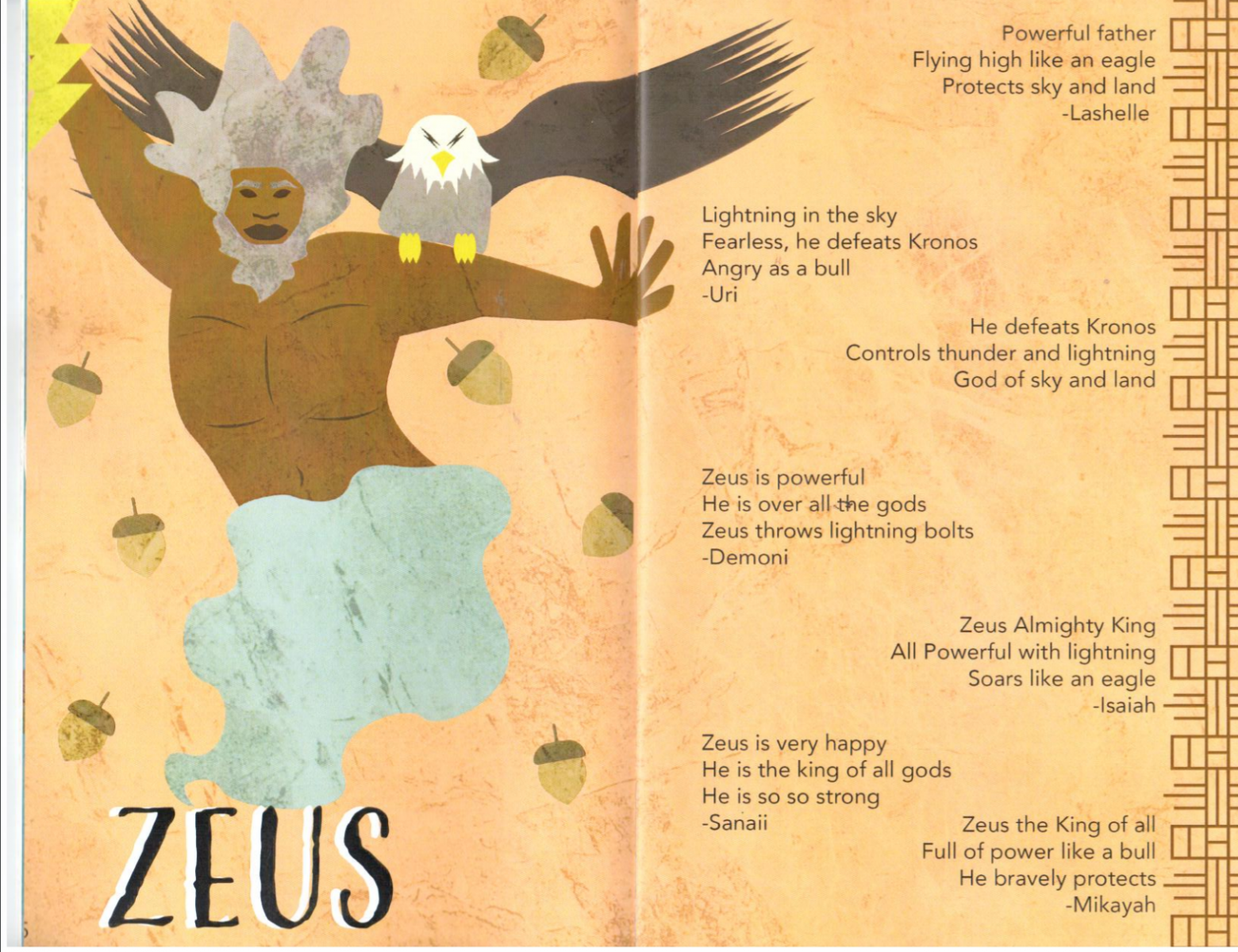
Figure 2. The pages about Zeus in the Nyansa Classical Community Poetry Book. Photo by Angel Parham.
Next up was Michael Okyere Asante, joining us from western Africa. He spoke about public perception of the Classics in Ghana and how he has had to address negative opinions of Classical Studies as a discipline, since it has (not unfairly) been considered colonial by many Ghanaians. Asante used AnWoMoCo funding to organize an event called “Global Classics and Africa: Past, Present, and Future,” which — of course — had to pivot online because of the pandemic. Regardless, Asante was able to engage in important conversations about Classics in sub-Saharan Africa, including discussions on the role of classical antiquity for people of African descent, and to continue his work to change the public perceptions of the field.
For more on the Nyansa Classical Community and Global Classics in Africa, click here.
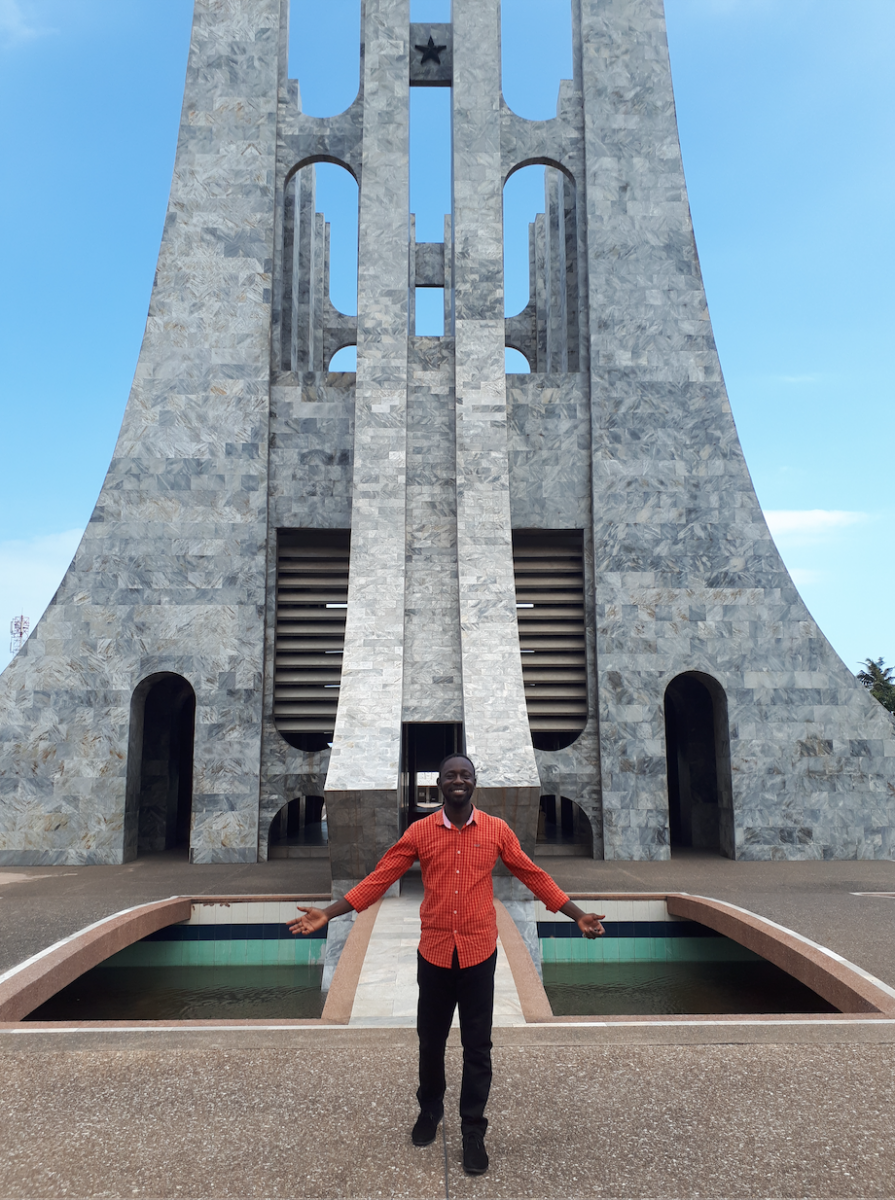
Figure 3. Michael Okyere Asante standing in front of the Kwame Nkrumah Mausoleum in Accra, the burial place of the first president of Ghana, Kwame Nkrumah, who pursued a policy of Africanization of university education, including appointing the first Black person to head the University of Ghana in 1966. Photo by Michael Okyere Asante.
Third, Nebojsa Todorovic spoke about teaching an intensive elementary Latin course to nine inmates in a Connecticut prison as a part of the Yale Prison Education Initiative at Dwight Hall. One of the most fascinating aspects of his talk was how the specific language of Latin texts was received, discussed, and analyzed in a non-traditional classroom space, especially one in which existing systems of power are especially relevant. For more about his experiences, including testimonia from the students, see here.
The fourth presentation was delivered by Stephen Scully, who brought the Martha Graham Dance Company from New York City to Boston University to perform a show affectionately referred to as Graham’s Greeks. The event was a “lecture-demonstration” that consisted of a discussion, a screening of archival footage, and a performance of a piece called Errand: a reimagining of the myth of Ariadne and the Minotaur that centers on women’s strength and victory. Scully’s motivations were to challenge the traditional ideas of the relationship between scholarship, art, language, and dance. The stills of the show are absolutely breathtaking.
Public engagement coordinator and overseer of the AnWoMoCo initiative, Nina Papathanasopoulou, wrote a review of Graham’s Greeks here.
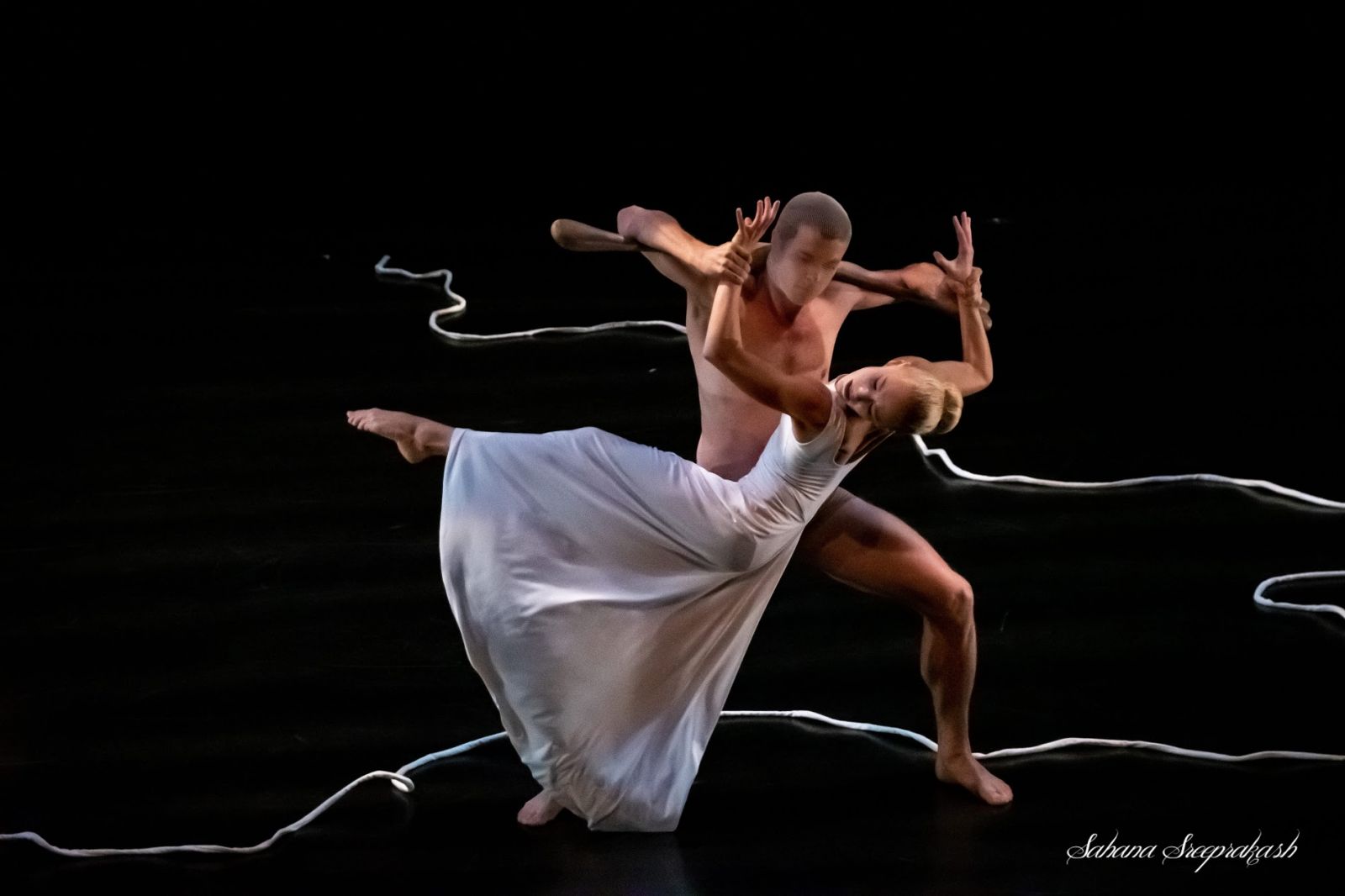

Figures 4 and 5. Charlotte Landreau and Lloyd Mayor as Ariadne and the Minotaur in Martha Graham’s Errand, presented at BU in October 2019. Photos by Sahana Sreeprakash.
The fifth presenters on the AnWoMoCo panel were Cheri Magid and Milica Paranosic, a librettist and composer team who created the chamber opera Penelope and the Geese, a retelling of Penelope’s story that gives her a leading role and her own sexual agency. The opera takes place after Odysseus’ return: while he sleeps, Penelope relives her experiences in his absence. The show has an all-woman cast. No men characters are present; the “sleeping Odysseus” is just a pile of blankets on stage. Penelope and the Geese is a story for the women of Homer’s Odyssey, since the creators rightly state that we’ve heard enough from the men characters. Unfortunately, the opera was scheduled for 2020, so they also had to pivot, but check out their audio recording and video trailer here, and follow @penelopeandthegeese on Facebook & Instagram for updates (and to get some great merch that may also make an appearance at a future SCS).
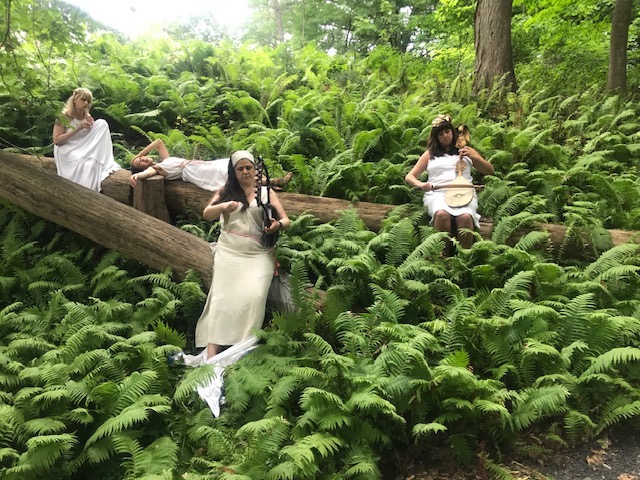
Figure 6. Magid and Paranosic at set designer Millicent Young’s studio. Photo by Millicent Young.
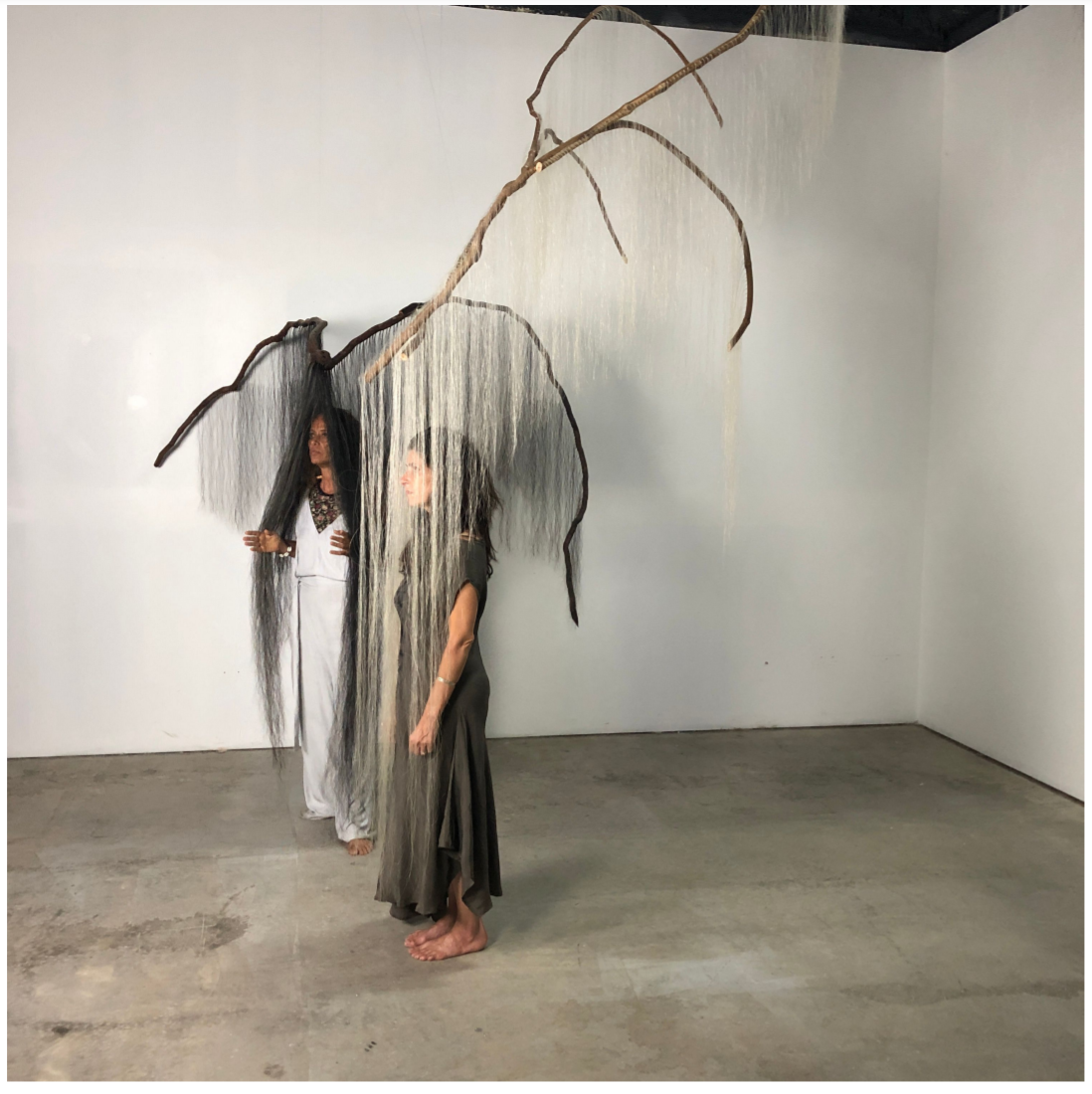
Figure 7. Hai Ting Chinn as Penelope with musicians Margaret Lancaster (aulos), Mia Theordoratus (lyre), and Jennifer Devore (gusle). Photo by Cheri Magid.
The penultimate presentation was delivered by Clara Bosak-Schroeder on behalf of their work with Amy Powell, Nancy Davidson, and Lakshmi Ramgopal on the Hive Art Exhibition at the University of Illinois Urbana-Champaign. The exhibit included Davidson’s sculptures that evoked and reinterpreted the Karyatids from the Parthenon and the cult statue of Artemis of Ephesus. Hive had audio accompaniment composed by Ramgopal that asked visitors to consider what we mean by the words “young,” “female,” and even “human.” AnWoMoCo funding helped with the installation of the exhibit, which opened right before pandemic-related shutdown — and which Bosak-Schroeder called a “last hurrah.” Lots of people worked to turn this project into a reality, and it is visually stunning. Click here for more on the Hive Art Exhibition.
Figure 8. Nancy Davidson and Lakshmi Ramgopal, installation view of Hive at Krannert Art Museum, University of Illinois at Urbana-Champaign, 2020. Photo by Fred Zwicky.
Finally, Christine Johnson and I wrapped up the panel with a presentation about the Peopling the Past project that hosts free, open-access resources for teaching and learning about real people in the ancient world and the people who study them. In contrast to some of the other projects that were postponed or altered due to the pandemic, PtP exists precisely because of the pivot to online learning. The project founders wanted to create resources that helped educators access free, high-quality content showcasing cutting-edge research about the ancient Mediterranean world. We have blog posts and videos on our website, and the first two seasons of our podcast are available on Spotify and Apple Podcasts. We are currently recording our third season of the podcast, on the topic of Women in the Ancient Mediterranean, so stay tuned for that to be released in June.
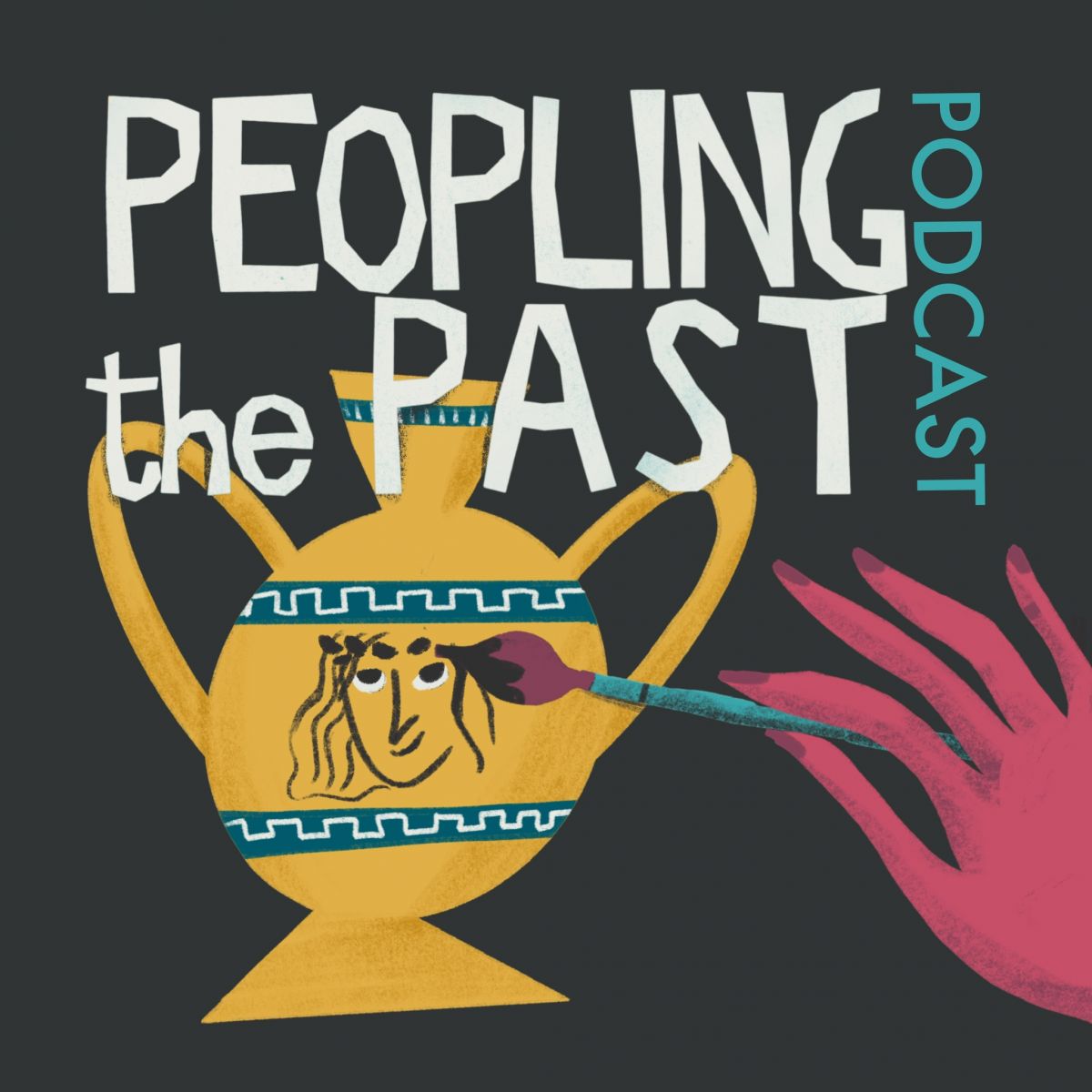
Figure 9. Peopling the Past podcast logo, designed by Nadia Alam.
AnWoMoCo’s first academic panel at the SCS annual meeting was a resounding success, and it was a privilege to be part of a group of people who are implementing exciting initiatives that break down barriers to scholarship and knowledge on Classics-related topics. The panel amplified the voices of those doing important work in the areas of Classics and ancient Mediterranean Studies outside of the university classroom, offered practical information on project development and implementation that will hopefully inspire others looking to do similar work, and initiated a dialogue between academic professionals in the field of Classics and leaders in community projects.
The organizers, Nina Papathanasopoulou and Lauren Ginsberg, Chair of the Classics in the Community Committee, deserve credit for successfully bringing together this diverse group of scholars, artists, musicians, students, and educators — all of whom share the common goal of making Classics-related content more broadly available and accessible. Every one of these projects is worth checking out and might inspire readers to begin their own.
The Ancient Worlds, Modern Communities microgrants program has been awarding funding since 2019 to: projects that focus on ways to engage with ancient Mediterranean culture that have been excluded from classics curricula; initiatives proposed by rather than for historically underrepresented minoritized communities; interdisciplinary collaborations; artistic and creative adaptations; collaborations involving global reception and comparative approaches; and projects that are critical of Classics as it has been practiced and structured as a discipline.
Ultimately, these grants continue to support those who are engaged in critical discussion of and creative expression related to the ancient Mediterranean, the global reception of Greek and Roman culture, and the history of teaching and scholarship in the field of Classical Studies. To apply for the next round of funding (deadline May 2022), please click here.
Authors
